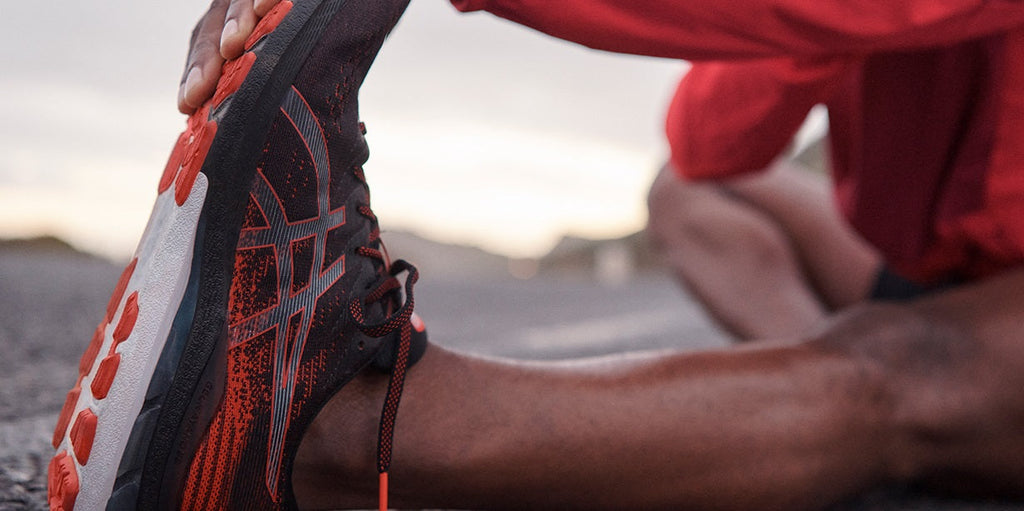
Custom Orthotics Cost
custom orthotics cost varies widely, depending on several factors, such as the material quality, the customization options, and the laboratory.

custom orthotics cost varies widely, depending on several factors, such as the material quality, the customization options, and the laboratory.

You can get orthotics from different sources, including podiatrists, orthotic clinics, physical therapists, pharmacies, specialty shoe stores, online retailers, or chiropractors. The right place to get yours will depend on...

Orthotic devices are medical aids worn on the body to help with functional and structural difficulties. Examples include shoe inserts, braces, and other support devices that offer pain relief, promote...

Custom orthotics can cost anywhere from $400 to $8000. The cost of an orthotic depends on several factors

An orthotic is a medical device designed to provide pain relief, correct alignment issues, support foot structure, and generally improve the body's biomechanical functions. It can come as an insole,...

In the following article we will explore if orthotics are covered by medicare, what type of orthotics are covered, and how much you might still be expected to pay. Let’s...

Orthotics can be bought at a podiatrist, physical therapist, chiropractor, at retail outlets, and online. Learn about the differences of each

Orthotics work by providing support, aligning the feet to improve how the feet function, redistributing pressure in the foot, providing cushioning that reduces strain on the joints, muscles, and ligaments,...
Orthotics are custom-designed devices that are worn in the shoes to reduce symptoms related to many different foot and ankle conditions. Depending on the condition, a podiatrist may recommend a custom device. While such prescription options are more expensive them store-bought versions, they provide better cushioning and support for the foot.
Signs that you may need orthotics include:
Foot pain and swelling during and after everyday usual activities, like walking and standing.
Sharp heel pain, especially first thing in the morning.
Flat feet or high arches.
Balance issues or falls due to collapsed arches.
Uneven wear and tear on your shoes.
A recent lower leg injury that affects the way you walk.
Foot complications from diabetes.